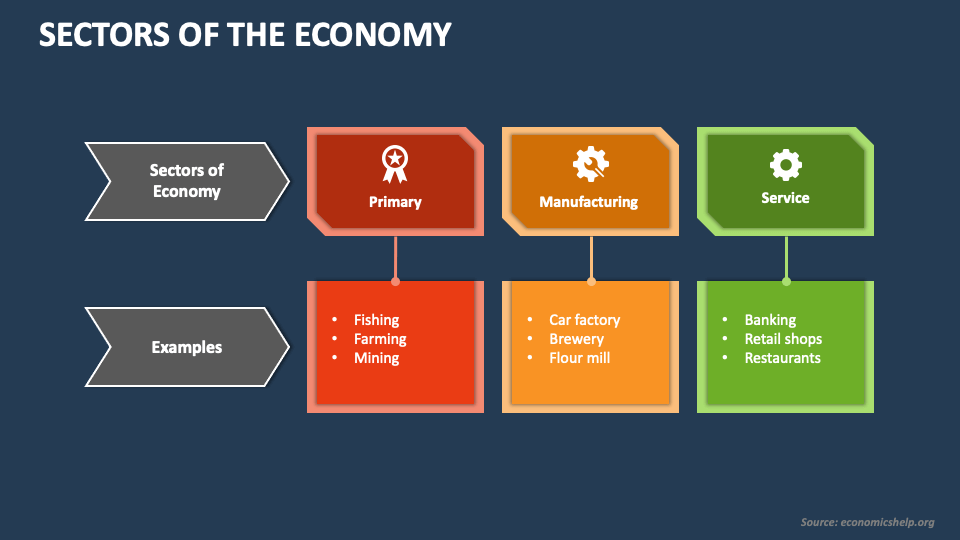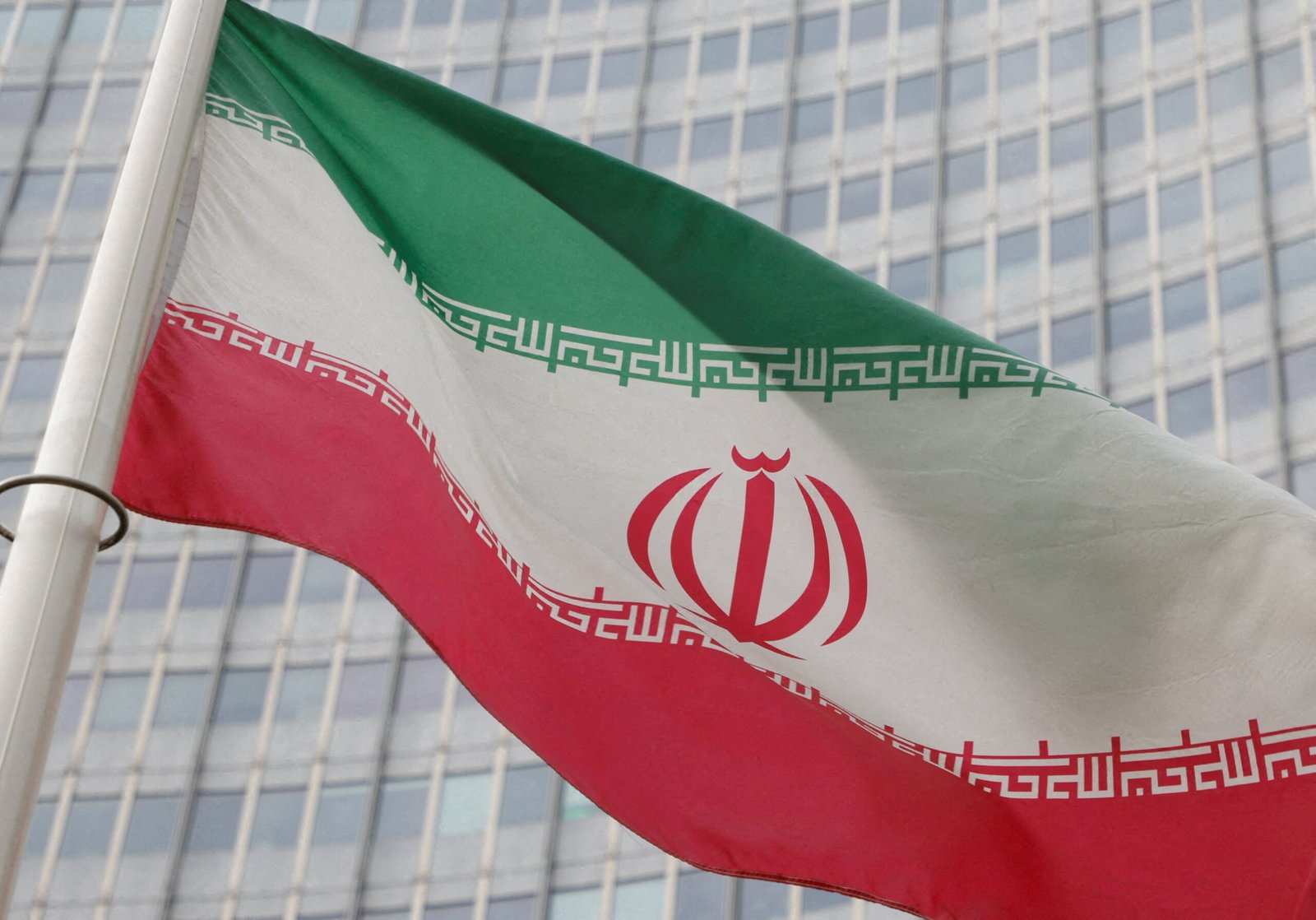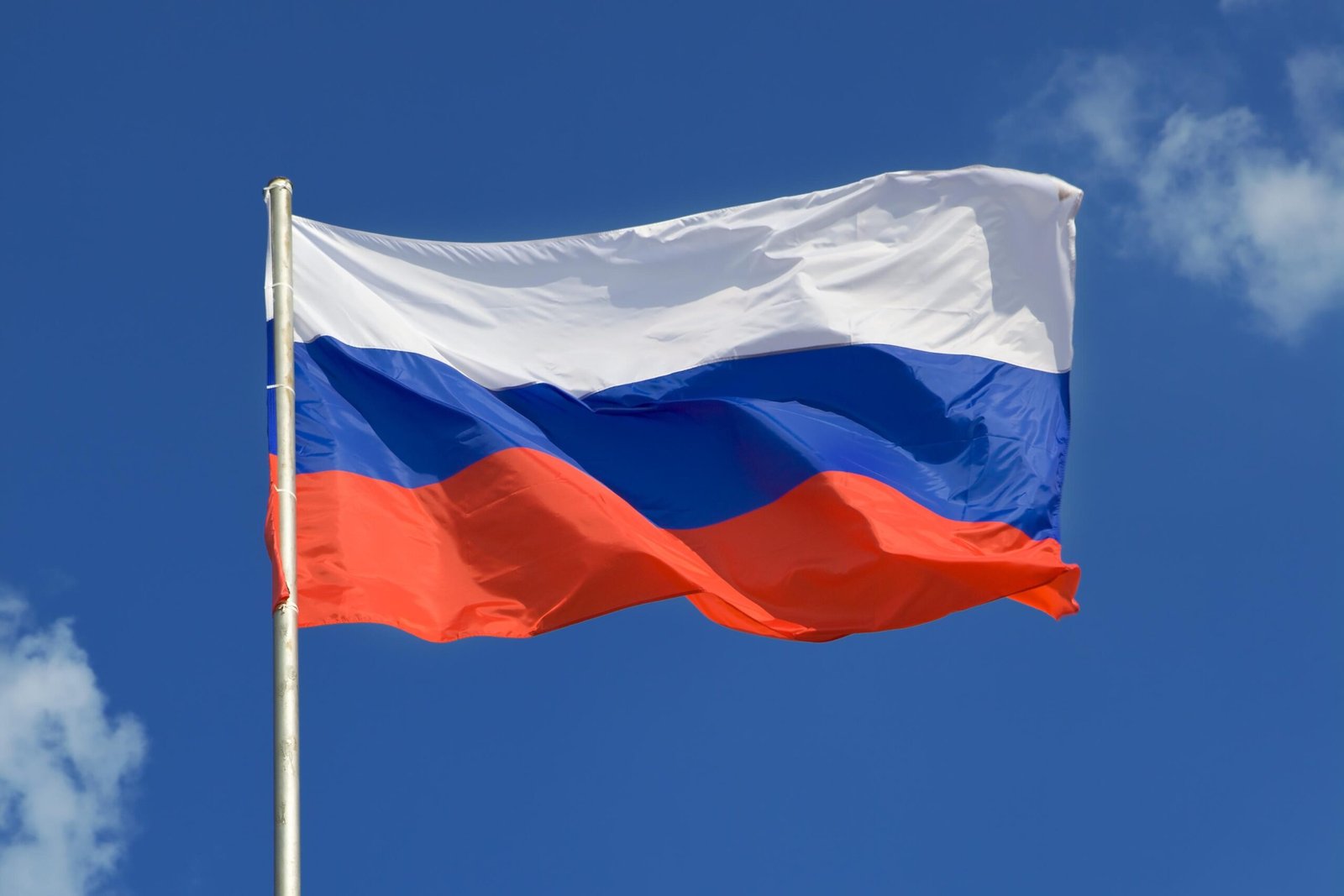The Finance Division has cautioned that inflation in Pakistan may rise slightly, reaching 3.0–4.0 percent by March 2025. In addition, ongoing dry conditions could lead to water stress, especially affecting Rabi crops like wheat in rain-fed areas.
According to the ‘Monthly Economic Update and Outlook for February 2025,’ inflation is expected to remain between 2.0–3.0 percent throughout February 2025. The report also highlighted a decline of 3.7 percent in the Large Scale Manufacturing (LSM) sector year-on-year, down from a 3.1 percent growth last year. Over the first half of the fiscal year 2025, LSM showed a modest recovery, with a 19.1 percent month-on-month growth in December 2024.
The report also noted that credit flow to the private sector had risen significantly, reaching Rs 742.1 billion between July 1 and February 14, 2025, up from Rs 246.8 billion during the same period the previous year. In terms of the overall economic performance, the period from July to January 2025 showed positive developments, particularly in export-oriented industries, supported by a stable financial environment due to lower inflation.
However, while Pakistan’s economy shows signs of recovery, it faces challenges, including the risk of water scarcity for agricultural sectors. For the Rabi season of 2024-2025, wheat has been sown on 22.07 million acres, with a production target of 27.9 million tonnes. The government’s efforts to boost agricultural productivity through better access to seeds, fertilizers, and machinery have supported farm input utilization, with agricultural credit disbursements seeing an 8.5 percent increase compared to last year.
In terms of fiscal performance, total revenues grew by 42.5 percent to Rs 9,763.8 billion in the first half of FY 2025, driven by both tax and non-tax revenues. Notably, non-tax revenues surged by 83.0 percent, with higher receipts from dividends and government entities like the State Bank of Pakistan and the Pakistan Telecommunication Authority.
On the external front, Pakistan’s trade deficit widened to $14.1 billion, up from $12.2 billion last year. However, exports of goods grew by 7.6 percent, and service exports also increased by 6.2 percent. Workers’ remittances recorded a notable 31.7 percent increase, totaling $20.8 billion in the first seven months of FY 2025.
Pakistan’s foreign reserves stood at $15.9 billion in mid-February 2025, with the State Bank holding $11.2 billion. Meanwhile, foreign direct investment (FDI) inflows showed a healthy growth of 56.2 percent, reaching $1,523.6 million.
Overall, Pakistan’s economic outlook for FY 2025 shows a positive trajectory, driven by growth in exports, higher remittances, and improved fiscal management, although challenges such as inflation, water scarcity, and trade imbalances remain.

















